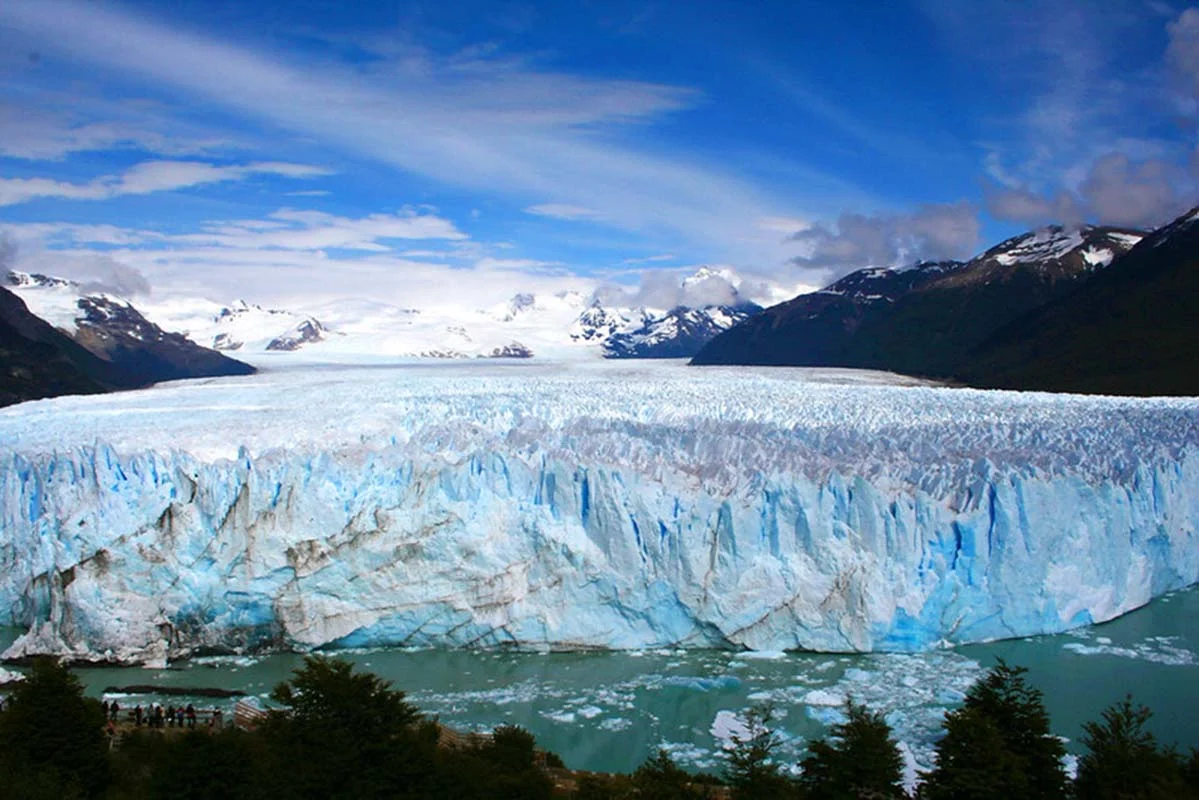
World Glacier Day: Trekking the blue ice of Perito Moreno in Argentina | Travel News
A creak, a thunderous roar, and then the plunge: Argentina’s Perito Moreno Glacier calves multiple times daily, as hundreds of visitors strain to see which side will break off and capture the moment on their screens. This event, known as calving, is a normal occurrence, according to Victoria Pacheco, a tour guide in El Calafate, in Argentina’s Patagonia region, during a hike conducted three days prior to the inaugural World Glacier Day last Friday. Declared by the U.N. General Assembly in 2022, the March 21st celebration aims to promote the conservation of glaciers, a crucial source of drinking water.
The summer season draws numerous tourists to viewpoints situated just 500 meters (1,600 feet) from Perito Moreno, providing panoramic vistas of the glacier against the backdrop of the Andes Mountains. Many also embark on guided treks, equipped with crampons and helmets, to explore the glacier’s rolling terrain and peer into centuries-old, deep blue crevasses. Marcia Fortuna, a 46-year-old visitor from Santa Fe, Argentina, recently explored the region’s glaciers, visiting Upsala and Spegazzini. “It’s tiring but worth it,” she remarked, describing the experience as “beautiful and awe-inspiring.”
While there are no conclusive studies demonstrating significant changes in Perito Moreno, experienced guides like Pacheco report a visible decline in the glacier’s ice volume. The glacier’s famous ice dam, a phenomenon where the ice temporarily blocks a section of the lake by pushing against the Magallanes Peninsula, last formed in 2018, before collapsing. When the glacier ruptures, it produces a stunning natural spectacle, described by National Geographic as a “thunderous, slow-motion drama,” as massive ice towers topple into the water, sending waves rippling across the lake.
Rising global temperatures are causing the world's glaciers to shrink, with more than 5% lost in the last two decades. UNESCO indicates that glaciers are “fragile mirrors” of climate change, reflecting rising global temperatures through their retreat and ice loss. The organization warns that unless greenhouse gas emissions are curbed, half of the world’s glaciers could disappear by 2100, jeopardizing freshwater supplies and ecosystems. The UN cautions that glaciers worldwide are melting “faster than ever.” The designation of March 21st as World Glacier Day underscores their crucial role in freshwater supply and emphasizes the urgency of conservation efforts.
